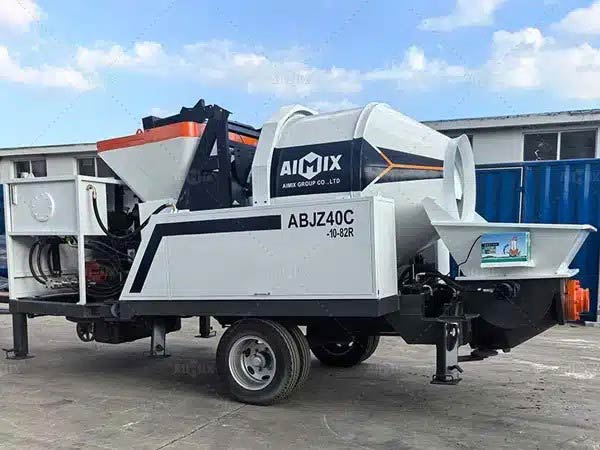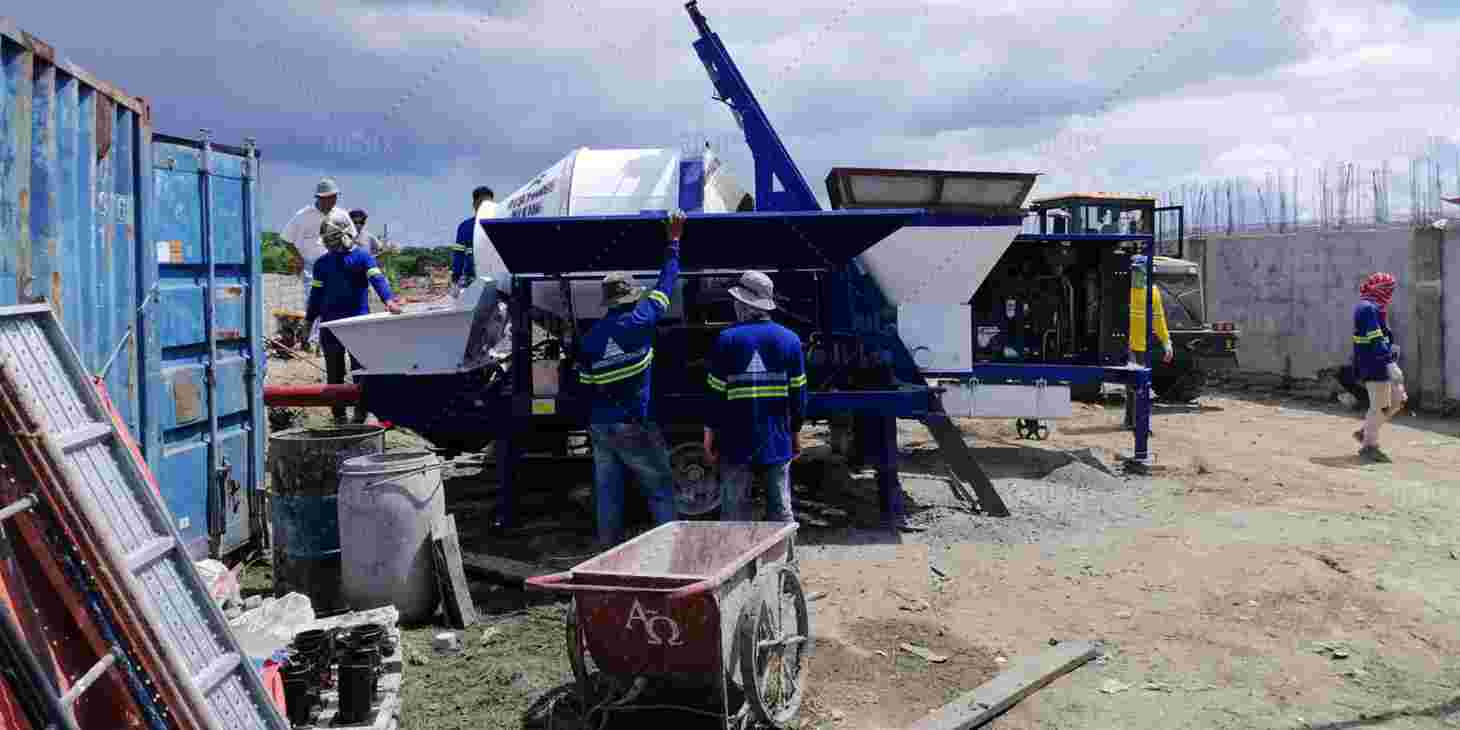
Cement Mixer Pump: Mixing Capabilities Sets Them Apart
Discover the unique mixing capabilities of cement mixer pumps and how they enhance efficiency in construction projects.


© 2024 Crivva - Business Promotion. All rights reserved.